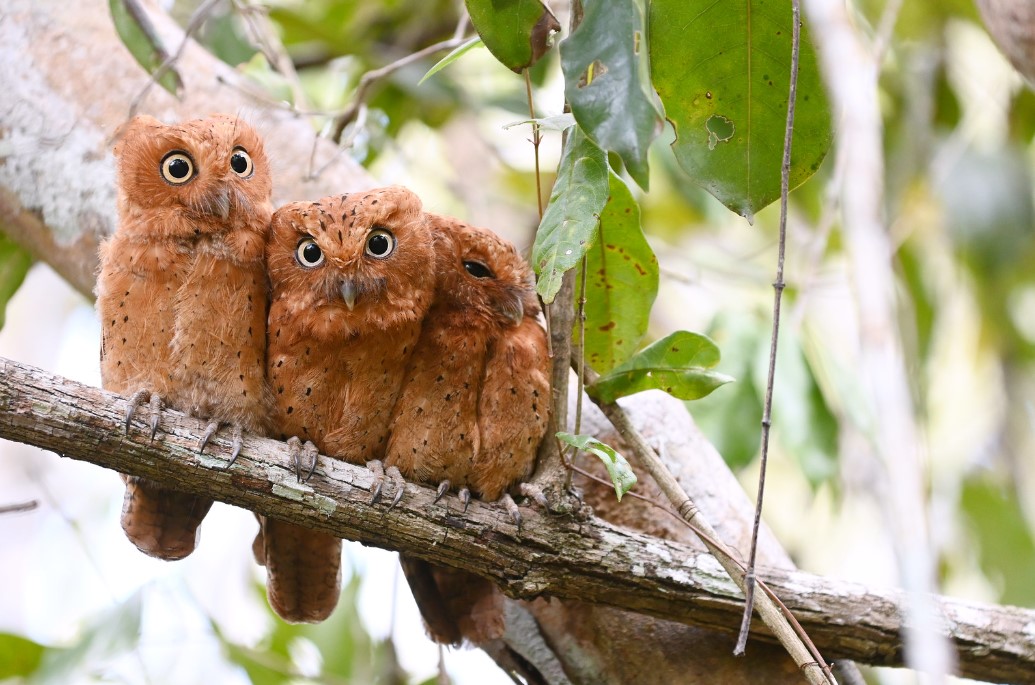The Sokoke scops owl (*Otus ireneae*) is a small, elusive species of owl that inhabits the coastal forests of East Africa, specifically in the Arabuko-Sokoke Forest in Kenya and the Usambara Mountains in Tanzania. Known for its distinctive appearance and unique call, this owl is a fascinating subject for bird enthusiasts and conservationists alike.

The Sokoke scops owl is small, typically measuring around 16–20 cm in length. It has a mottled brown and grey plumage that provides excellent camouflage against the bark of trees in its natural habitat. Its large, yellow eyes and prominent ear tufts give it a striking appearance, making it easier to identify despite its small size and cryptic coloration.



This species is highly adapted to life in dense forest environments, where it spends much of its time perched quietly, blending in with the surroundings. The Sokoke scops owl is nocturnal, coming to life at night to hunt insects and small invertebrates. Its distinctive “boo-boo” call is often the only indication of its presence, as the bird itself is difficult to spot.
The Sokoke scops owl is currently listed as “Vulnerable” on the IUCN Red List, primarily due to habitat loss. The Arabuko-Sokoke Forest, its primary habitat, is under threat from logging, agriculture, and human encroachment. Conservation efforts are crucial to ensure the survival of this rare species, with ongoing initiatives aimed at protecting its natural habitat and raising awareness about its plight.



As a species that plays a role in the delicate ecosystem of East African forests, the Sokoke scops owl is a vital part of the region’s biodiversity. Protecting this owl not only helps preserve a unique bird species but also contributes to the overall health of the forest ecosystem, benefiting countless other species that share its habitat.